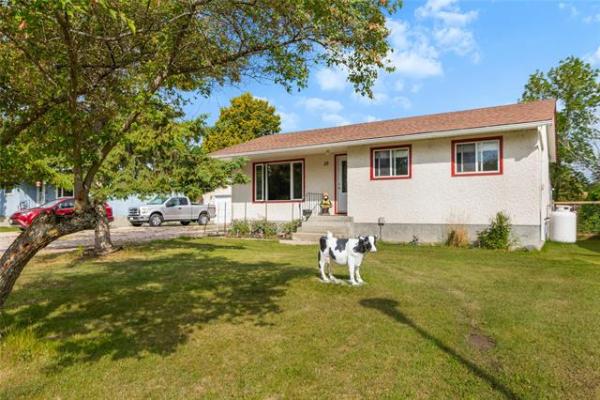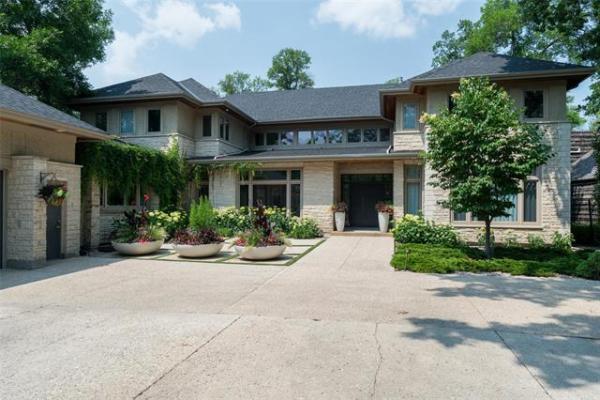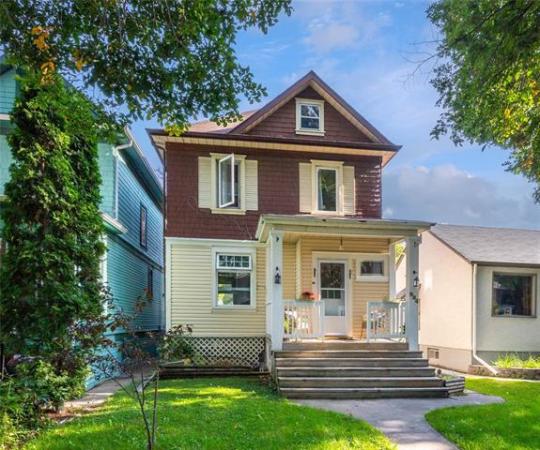I appreciate any insight you might have.
---- Marlaine Willborn, e-mail
ANSWER -- You have posed a very interesting question that likely faces more and more people each year, as blown-in insulation increases in popularity. While I will address your question directly, I will also offer another alternative that you may not have explored.
The choice of repairing and painting the old wood siding or covering it with new material will largely depend upon your preference. There will be a large amount of work involved in any choice you make, so aesthetics and cost will be two factors you can use to make your decision. Patching & painting will likely be the least expensive option, as long as there are not too many rotten boards. It may be difficult to find an exact replica of the older siding, so that may only be a viable option if the siding is in fairly good condition. That choice will also be a good one if preserving the original look of the home is desired.
Covering the old wood siding after insulation will be a better option if the older material has considerable rot, badly peeling paint or loose sections. In that case, covering the damaged wood will improve the look substantially. Vinyl siding is one option that may mimic the original look most closely but is not the only choice. Stucco is another option that may be a more popular choice, but will change the look of the home considerably. There are hundreds of homes in our area that have older wood siding covered with stucco and many have retained a good appearance for decades. There are also newer types of finishes, such as cement composite siding or imitation stone, that have become more popular due to their durability and relative ease of installation, but will likely be more costly to install than the first two options.
All of these options will improve the look of the old siding considerably, but all will require one other modification to the home that will add cost and labour. Due to the added thickness of installing new siding over the old material, the window and door trim will have to be built up. All of the window and door trims or brick moulds will have to be furred out to extend beyond the new siding. Also, window and door flashings may have to be replaced with wider ones to accommodate the thicker trim. To eliminate the need for this or the alternative of extensive scraping and painting, another option should be explored.
Complete removal of the existing siding and sheathing and reinsulation with alternatives to blown-in insulation is another possibility. The benefit of this relatively labour-intensive option is that the windows and doors will not have to be extended and less costly insulation may be used. To blow insulation into existing wall cavities from the exterior, a large number of holes may have to be drilled and plugged, which will be fairly labour-intensive. Also, blown insulation may not have complete coverage if there is extensive blocking in the walls or existing insulation is in place. Often, older homes had wood shavings in the walls that have settled to the bottom and have poor insulation value. Adding more insulation by blowing in through small holes may not give complete coverage and could result in uneven insulation levels.
If all the siding and sheathing are removed, rigid insulation or a combination of batts and rigid insulation may be installed, giving excellent insulation levels. This may be less costly or similar in cost to blown-in and will have a higher insulation value and may reduce heating costs much more significantly. If you still desire high-quality blown-in foam insulation it can still be installed more completely from the exterior, after the siding is removed.
Several options have been suggested for the energy efficiency and comfort improvements you are planning, but the ultimate decision is yours. The final choice should be a combination of aesthetic appeal, cost-effectiveness and practicality that most closely suits your tastes.
Ari Marantz is the owner of Trained Eye Home Inspection Ltd. and the President of the Canadian Association of Home & Property Inspectors - Manitoba (www.cahpi.mb.ca). Questions can be e-mailed or sent to: Ask The Inspector, P. O. Box 69021, #110-2025 Corydon Ave., Winnipeg, MB, R3P 2G9. Ari can be reached at (204) 291-5358 or check out his website at www.trainedeye.ca.
trainedeye@iname.com



